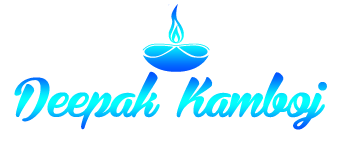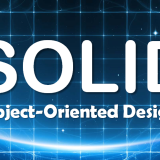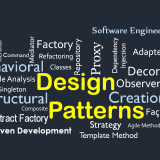Sequence Diagram in UML
A Sequence Diagram is an Object Diagram that describes object interaction. Objects are shown at the very top from left to right, while the time flows from top to bottom. Arrows indicate messages and other interactions between objects.
The official UML definition for Sequence Diagram is: A diagram that shows object interactions arranged in time sequence. In particular, it shows the objects participating in the interaction and the sequence of messages exchanged. Unlike a collaboration diagram, a sequence diagram includes time sequences but does not include object relationships. A sequence diagram can exist in a generic form (describes all possible scenarios) and in an instance form (describes one actual scenario). Sequence diagrams and Collaboration Diagrams express similar information, but show it in different ways.

We use sequence diagrams to realize use cases in the analysis model. Before we demonstrate the realization, we need to have a good understanding of sequence diagrams. Sequence diagrams are a type of interaction diagram. Collaboration diagrams are another type of interaction diagram. Although each of these types of interaction diagrams provides the same information, the focus of attention is different. Collaboration diagrams focus on the objects that work together to accomplish a given task or series of tasks. Sequence diagrams focus on the interaction of a given task or series of tasks as observed over time. In fact, some modeling tools automatically convert one diagram to the other.









